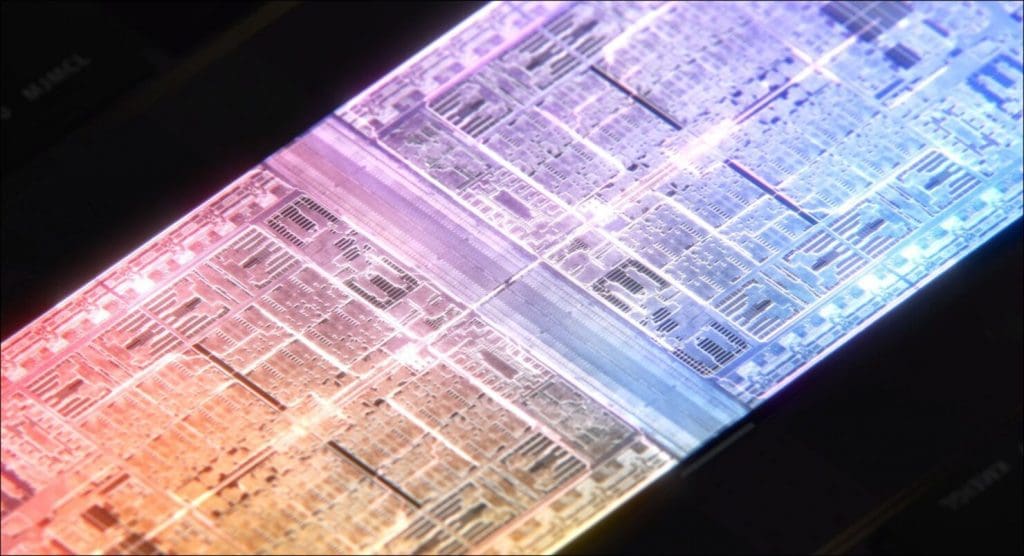Apple has given the Mac computer portfolio an M1 Ultra, a major generation leap forward, despite not changing the appearance of any of the MacBook or iMac models. The new chip — the most powerful and newest among the M1, M1 Pro, and M1 Max chips – is the reason for this. The UltraFusion feature on the M1 Ultra sets it apart, and the results are likely to be unrivaled for a long time. The premiere is part of the Mac Studio desktop, which is a new Mac.
M1 Ultra Will Power Mac Studio
The M1 is currently the entry-level spec choice in the M1 series, followed by the M1 Pro, and the M1 Max, which was formerly the most powerful. Later superseded by more powerful siblings, many Intel and AMD CPUs still struggle to meet that level of performance. The M1 Ultra is 8 times more powerful than the M1 processor, according to Apple’s estimations.
The UltraFusion design does away with the requirement for a motherboard component to link two processors so they may function together as one. This approach has drawbacks, such as increased latency and inconsistency in bandwidth. Instead, Apple has utilized a silicon interposer to join two M1 Max circuits together to form the M1 Ultra. Apple can increase the specifications of each M1 Max thanks to this design. The M1 Ultra has 20 CPU cores (16 performance and 4 efficiency), 64 graphics cores, a 32-core Neural Engine, and 128GB RAM. Apple certifies that the Mac Studio with M1 Ultra can play back up to 18 streams of 8K video (ProRes 422 encoding), which no competitor chip can match.
Multiple connectivity choices will be available on the chassis, including four Thunderbolt ports (for all intents and purposes, USB-C), two USB Type-A ports, HDMI, and a 10Gbps ethernet socket.



